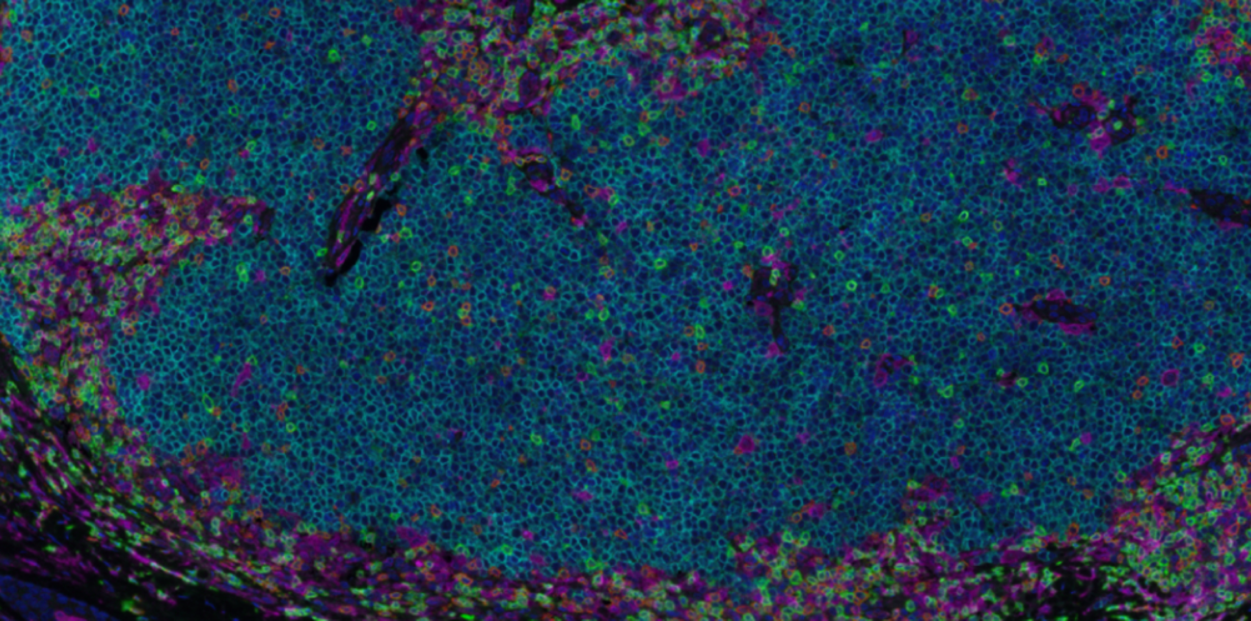This is unpublished
overview
On the day of surgery you will be given printed wound care information to refer to when at home. It is important to not let your wound form a scab since it is ideal for it to heal from the bottom to the surface. The formation of a scab will negatively impact how your scar heals and looks.
Have a tube of Aquaphor or Vaseline, some Q-tips, non-stick bandages and tape to apply to the wound daily. You can find all of these at any pharmacy or supermarket.
Follow the instructions below regarding your specific wound type.
Please Note: If you have multiple wound sites you may need to follow different directions for the individual wound sites.
Sutured Wounds
- Leave the bulky pressure bandage on for 24 hours
- After 24 hours remove the pressure bandage, and gently clean the area with a mild soap and water.
- Use hydrogen peroxide and a Q-tip to remove any crust.
- Apply Vaseline or Aquaphor to the sutured wound, cover with nonstick bandage (like Telfa) and secure with tape.
- It is safe to shower after 24 hours, but avoid direct water pressure on the sutured site.
Natural Healing
- Leave the bulky pressure bandage on for 24 hours.
- After 24 hours remove the pressure bandage, and gently clean the area with a mild soap and water.
- Use hydrogen peroxide and a q-tip to remove any crust.
- Dry the area after bathing; apply Vaseline or Aquaphor followed by a nonstick bandage (Telfa) secured with tape.
- Repeat the process daily.
Skin Graft
- Leave the bulky bandage on for 1 week until your return visit. This maximizes the chance of a good looking scar.
- Treat the graft harvest site as explained above in sutured or natural healing instructions (whichever applies to you).
- If the bandage starts to fall off, apply more medical tape to re-attach the bandage.
- If further tape does not correct the problem, call the office for evaluation.
Helpful Information
- Maximum swelling occurs the SECOND day after surgery. If surgery is done on the scalp, forehead or nose it is common to have bruising and swelling around one or both eyes.
- Use Tylenol for pain control. Advil, Ibuprofen, Aspirin and Naproxen increase the risk of bleeding after surgery when taken in the first 24 hours.
- Ice packs can be applied 15 min of every hour for pain control and to help minimize swelling.
- Avoid smoking in general, but especially after surgery as the scar will not heal as well.
- If bleeding or oozing occurs after surgery, apply direct pressure using your hand and hold steady pressure for 20 minutes with stopping.
- Minimize physical activity in the first 24 hours to minimize the risk of bleeding from increased blood pressure.



